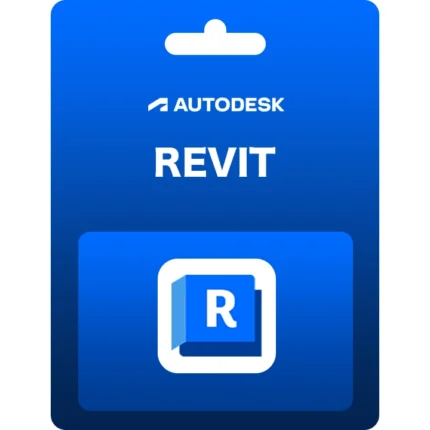Autodesk Maya 2024 is a 3D modeling animation rendering software that provides a comprehensive creative feature set for 3D computer animation, modeling, simulation, rendering and compositing on a highly scalable production platform. Maya features next-generation display technology, accelerated modeling workflows, and tools for working with complex data. Maya 2024 will bring a host of new features that will revolutionize the world of 3D computer animation. The software is said to feature advanced technology that will enhance the overall user experience, making it faster, more efficient, and easier to use. You can also get Autodesk Maya 2023 by LicensedSoft.
Autodesk Maya 2024 New Features:
1. Maya 2024
Former Corridor Digital employee and super talented VFX artist – probably one of the best known 3D creators –
2. Modeling update
Updates to the Retopologize, Make Live, Quad Draw, Boolean, and Unsmooth workflows include interface and usability improvements, Enables modelers to achieve better results.
3. New Graph Editor Curve Sculpting Tool
New tools have been added to the Graph Editor to quickly and intuitively shape keys and curves.
4. USD 0.22 plugin for Maya
This release provides important stability fixes and feature updates for several workflows such as specifying relative paths and using display layers with the updated Maya Universal Scene Description (USD) plugin.
5. LookdevX Technology Preview
LookdevX for Maya is a new look development tool for creating USD shading charts and authoring custom materials in Maya.
6. What’s New in Character Animation
Several updates have been made to the character animation workflow, including tools for changing rotation order, support for multiple skin clusters, and a new way to view skin weights numerically.
7. Graph Editor Improvements
New tools have been added based on customer feedback to improve common Graph Editor workflows.
8. Animation performance improvements
This release significantly improves animation performance, especially when playing animations with complex rigs applied.
9. Time slider redesign
The Maya Time Slider and Range Slider updates introduce several changes, from how audio is displayed to new color defaults for keyframes, and more.
10. Bifrost 2.7.0.0
Bifrost 2.7.0.0 introduces MPM gel simulations, improved volume rendering in the viewport, and many other new features and improvements.
11. Arnold for Maya 5.3.0
Maya 2024 ships with MtoA 5.3.0, which introduces Arnold 7.2.0.0, a major feature release that improves volume shading and viewport rendering, supports Apple Silicon, and provides a more flexible physical sky that allows the use of separate Sky light and sun light.
12. Substance 2.3.2
Maya 2024 includes Substance version 2.3.2.
13. Maya 2024 devkit new features
Maya 2024 devkit includes commands, samples, and API changes as well as new minimum versions.
14. New Apple Silicon support
Maya 2024 takes full advantage of the arm64 instruction set.
In conclusion, Autodesk Maya 2024 promises to bring a whole new level of creativity, efficiency and innovation to the world of 3D computer animation. Upcoming features have the potential to revolutionize the industry and bring significant advancements to the field. With the combination of artificial intelligence and machine learning, users can look forward to a more automated and assisted process that will help them realize their creative vision faster than ever.

What else is new?
This release of Autodesk Maya includes the following changes and improvements.
1. Standard Surface replaces Lambert as default material
The initial shading group now assigns the standard surface (standardSurface1) to all newly created objects by default. Viewport lighting levels have adjusted to accommodate material changes. The default lighting can be changed in the Hardware Renderer 2.0 Settings.
Note: For backward compatibility, scene files saved from versions prior to Maya 2024 will continue to use lambert1 as the default material. XGen, PaintFX strokes and meshes generated by converting PaintFX to polygons will also use legacy materials (Lambert, Phong, Blinn and Ramp shaders). Due to the adjustment of viewport lighting for Standard Surface materials, old materials may appear too bright. Consider adjusting lighting and/or materials to produce the desired look.
2. New FBX import options
A new FBX import option “Smoothing Groups” has created to resolve an issue where exported FBX poly objects with smoothed edge normals had incorrect normal information when reimported.
Now, to preserve shading, activate the Smoothing Groups FBX export option and activate the new Smoothing Groups import option when importing.
Support for using the GPU when using SoftMod deformers on subsets SoftMod deformations can now used on subsets of geometry when Soft Modification Options Falloff Mode is set to Volume processor and still able to use the GPU for this operation.
3. Graphviz update for macOS
Graphviz, an open source graph visualization software, is no longer bundled with Maya on macOS. You can install it locally from the Graphviz website.
4. Support 119.55 frame rate
199.88 is now listed as a supported frame rate in Maya’s Setup preferences. This frame rate is useful for exporting motion capture data from Vicon or MotionBuilder to Maya.
5. New preferences for Time Editor audio
Previously, playblast audio in the Time Editor would have issues changing pitch or getting cut off. Now, by selecting the audio file in the new Input Audio Rate menu in the Time Editor area of the Animation preferences (under Settings) frequency, this can avoided.
6. New option for orthographic camera clipping planes
A new Auto-adjust orthographic camera clip planes checkbox has added to the Cameras preferences. When on, the orthographic camera automatically adjusts its position and clipping planes when framing objects.
7. Support Bullet v3.24
Bullet version updated from 3.0.0.0282 to 3.24. See Bullet 3.0.
8. Fill text fields by dragging and dropping
Files can now dragged from the file browser and dropped into the text field to update the filename to the file path. To do this, drag the file from the file browser into the Image Name or Notes fields of the Attribute Editor, or into the Window Text ” (Window Text) and “Scroll” (Scroll) fields.
See Change attribute values in the Attribute Editor.
9. Custom node traversal depth
A new Traversal Depth option has added to the Node Editor preferences, allowing you to specify a depth value to move through the graph. This is useful when dealing with complex structures such as bindings.
The default is Unlimited. See Traversal Depth in the Node Editor preferences.
10. Blue Pencil improvements
This update includes updates to the Blue Pencil tool to enhance your drawing experience:
Added falloff curve setting so you can create custom stroke outlines.
Improved opening and saving times for scenes containing BP frames.
Added a Blue Pencil option to the Show panel menu so you can turn graphics off or on.
Camera layers can deleted by right-clicking on the camera name in the Layer Manager.
Resolved several inconsistencies with stroke size and appearance.
Added support for profilers for performance tracing.
11. New preferences for Time Editor audio
Previously, playblast audio in the Time Editor would have issues changing pitch or getting cut off. Now, by selecting the audio file in the new Input Audio Rate menu in the Time Editor area of the Animation preferences (under Settings) frequency, this can avoided.
See also Adding Audio to the Time Editor and Audio Pitch Changes During Playblast in the Time Editor Troubleshooting topic.
12. Color management
Maya now uses OpenColorIO version 2.1.1 for color management. Also, on macOS, the Format default for the Floating Point Render Target is now R16G16B16A16_Float.
13. Panel menu: Show
The Show menu in the viewport has updated for better visibility. The Show menu items are now grouped with category, and you can save the items you want to show/hide to presets.




Reviews
There are no reviews yet.